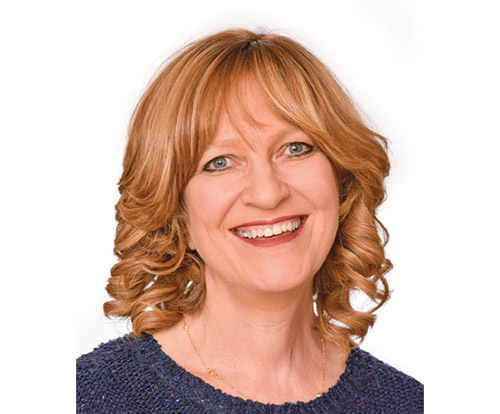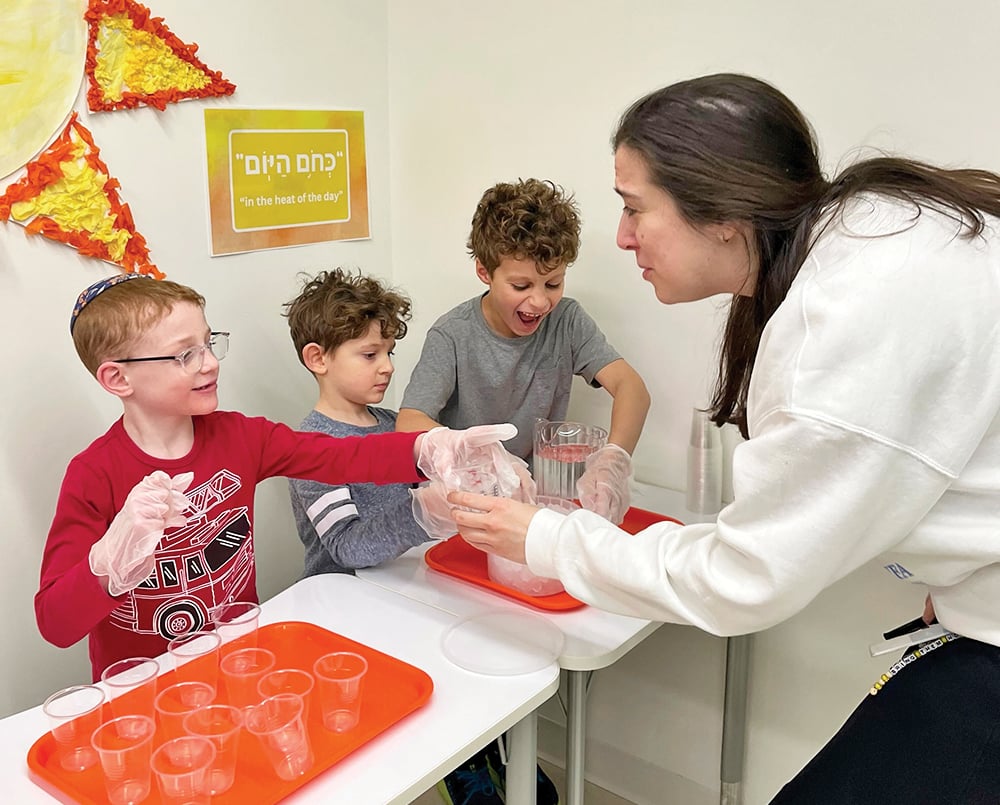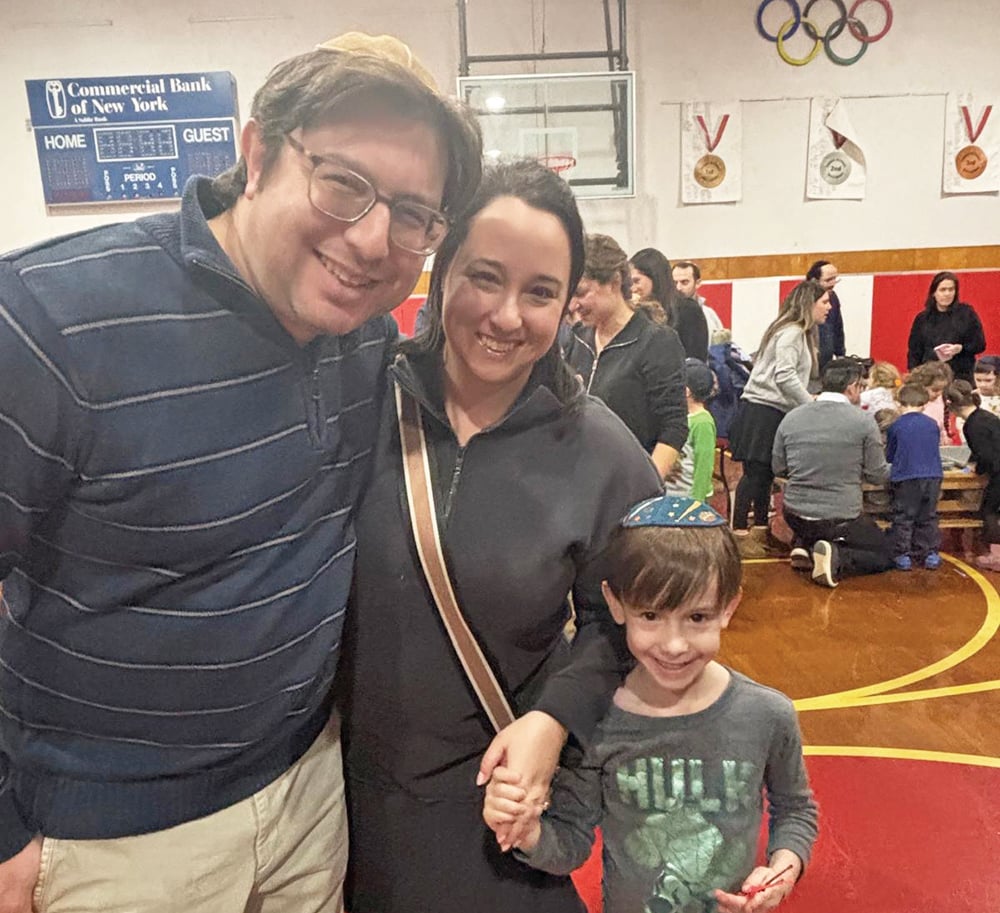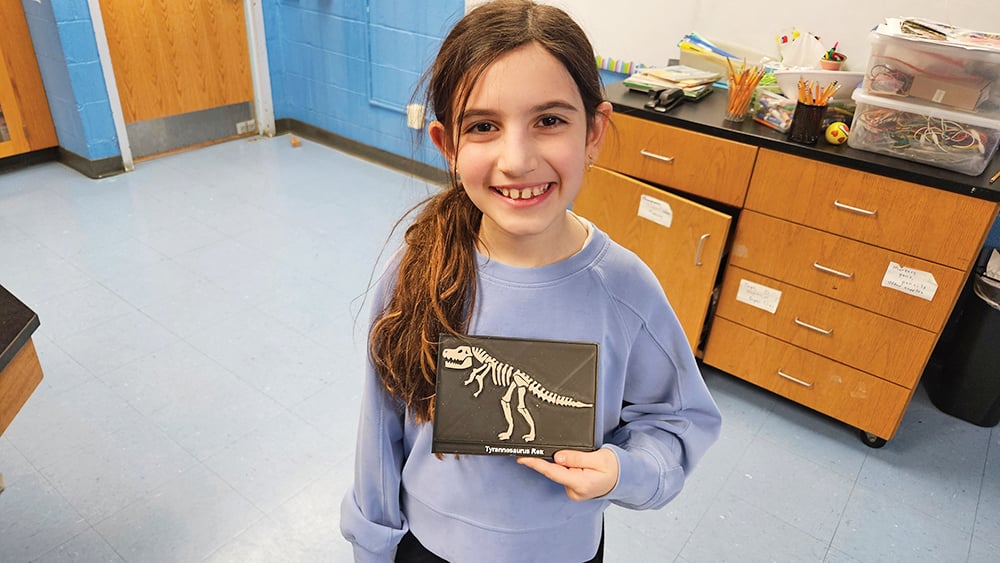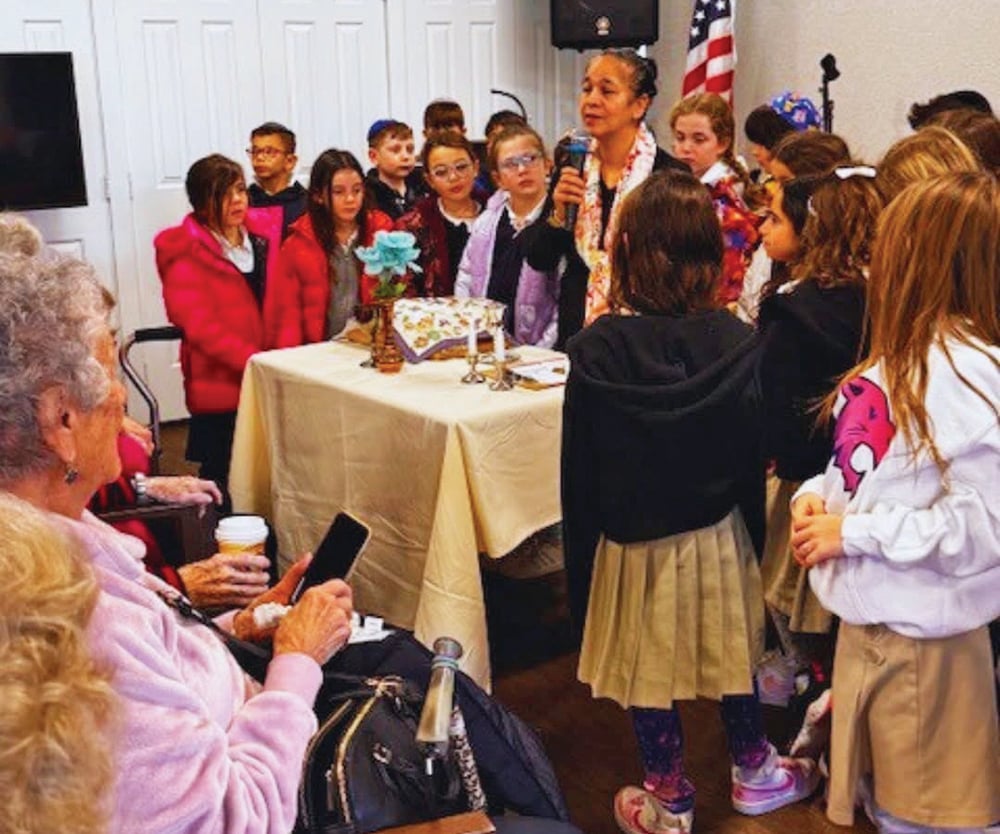

Shira is a 5-year-old petite and pretty redhead. She looks fragile and exudes vulnerability standing stationary and silent amid a swirl of activity and noise in her bustling, effervescent preschool class. Every child (and there are many) seems to be talking or laughing or shouting or complaining, and most are in motion. Shira is still; she has never spoken in class. At home, she is full of life and talks constantly to her parents and siblings—sings, chats, complains and comments, yet in kindergarten she is frozen; she speaks to no one and participates in nothing.
Does the above vignette remind you of someone? Shira is suffering from selective mutism (SM)—a childhood and teen anxiety disorder that is often under-diagnosed and under-treated. SM is a disorder in which children can talk in some places and with certain people, yet in other places, they are unable to speak. Typically (but not always—each child presents with their own constellation of causes and symptoms) he/she will be able to talk to her nuclear family, or within the home, yet have difficulty speaking to strangers or in the school setting. Each child with SM has their own set of “rules” that determines with whom and where they talk, and the degree to which their social communication is impaired varies as well. Some children have a “deer in the headlights” reaction to being approached by someone with whom they can’t talk—they shut down, can’t react even with gestures and have no facial expression—as if they have a mask on their face. Other children have such honed social skills that it isn’t even apparent that they don’t talk—they play with other children, communicate nonverbally and seem to be happy and integrated in school—until they are required to talk. Then they may respond with gestures or with a lowering of their eyes and silence.
The selective inability to speak is a source of tremendous suffering. It can impair social and general functioning and development, as well as impact the child/teen’s self-confidence and make him or her vulnerable both to external hazards such as bullying, and internal mental health-related difficulties, such as other anxiety disorders and depression.
Early detection and treatment are paramount. Frequently, 3-4 year olds can be successfully guided from silence to speech in weeks. Older children may have undergone years of discomfort and distress, and this may have affected their self-confidence, and the SM may be firmly entrenched and harder to dislodge and overcome. Other adverse consequences of lack of early intervention can be social difficulties, as well as parents and teachers focusing on the SM, and not seeing the child as a whole person, with skills, abilities, preferences and struggles.
The good news is that effective, evidence-based treatment exists. As with other anxiety disorders, selective mutism is best treated by cognitive-behavioral methods, with a central focus placed on implementing treatment in the child’s real-life settings, within social group settings, wherever the symptoms exist. The child or teen can learn strategies to contend with his or her anxiety and gradually move from silence to speech.
One of the popular treatment methods for SM has been therapeutic summer day camps, in which thousands of children have been helped. This summer, a team of mental health and camping professionals is planning a groundbreaking seven-day sleepaway camp experience, Camp Kol-Ram, run according to Halacha (kosher food, davening, Shmiras Shabbos etc.) in a resort/retreat center on the East Coast of the US. The camp program is designed to treat SM in a wholesome and holistic environment using the highly effective approach pioneered by senior psychologist Ruth Perednik, the clinical director. It will be run by Mark Lehrman, a veteran administrator with over 20 years’ experience involved with and directing special needs and other Jewish camping programs.
The camp will feature separate boys’ and girls’ sessions for 4-18 year olds. All groups will be limited to 15 participants with one-on-one counselors to help maximize the effectiveness of the therapy. Training and support sessions will be provided to participating parents as well. Follow-up support services will ensure that progress achieved during camp will be carried over to the home and school environment.
This intensive therapeutic approach integrated within a traditional camping environment can enable the campers to achieve great success in applying and internalizing the skills they learn in their therapy sessions. It is well known that a camp experience as a whole has a tremendous impact on the participants regardless of background, all the more so for campers presenting with selective mutism.
If your child or family member or someone you know is suffering from selective mutism and you would like more information about this camp program, contact [email protected] and their team will be happy to get in touch with you.


